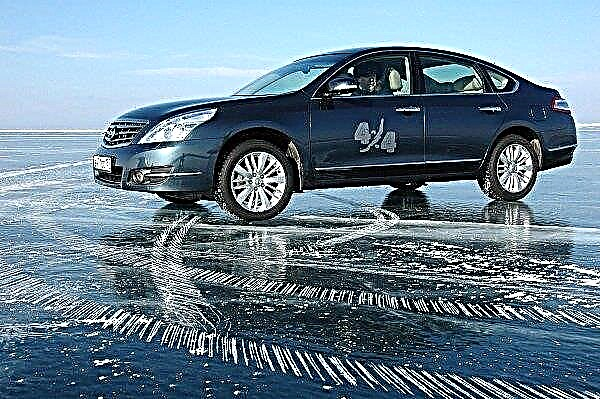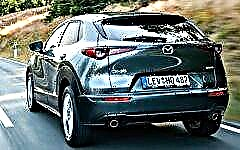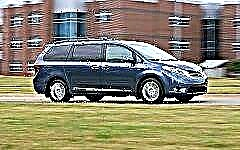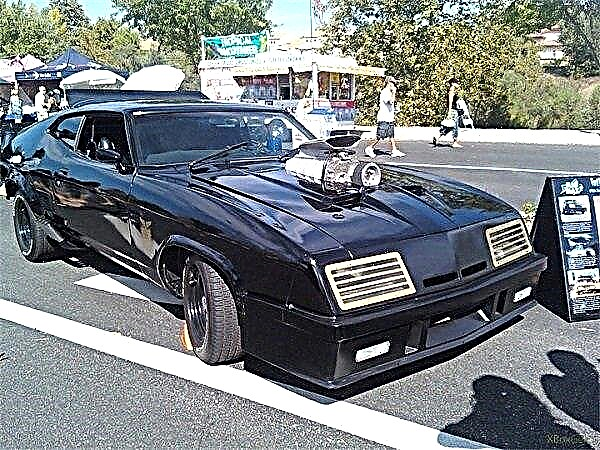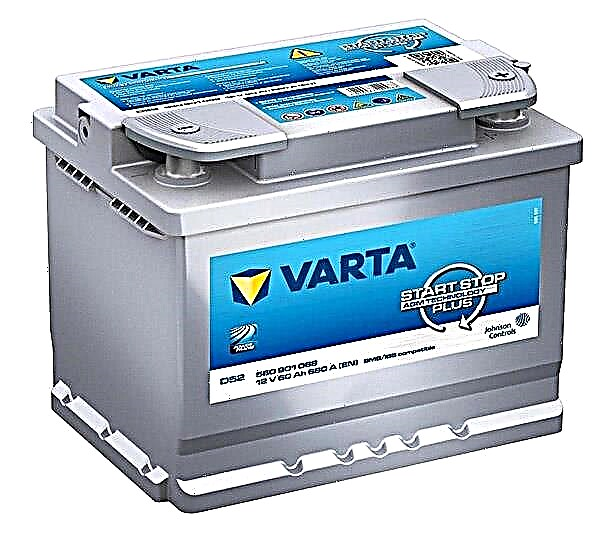Tips for novice motorists on how to charge your car battery correctly.

It's no secret that the service life and normal operation of a car battery largely depends on how it is charged correctly. Maintaining the battery in a charged state, preventing its long idle time in a discharged state is a guarantee of a long "life" of the battery.
The battery is charged using special chargers. The charging procedure is as follows:
- First, you need to clean the battery terminals from dust, dirt and grease, if the terminals have been previously lubricated to prevent their oxidation.
- Check that the ventilation holes in the battery, through which the gas generated during the charging process will escape, are free and not blocked by anything.
- Check that the charger switch is in the off position and the charger current regulator is set to minimum current.
- Check that the current-carrying wires and alligator clips of the charger are not damaged.
- The "positive" wire of the charger, which is usually red, is connected to the positive terminal of the battery, and the "negative", black wire, respectively, to the negative terminal of the battery.
- Using the switch that regulates the voltage of the charging current, set the required voltage to 6, 9, 12, or 24 Volts, in accordance with the nominal voltage of the battery being charged.
- After that, connect the charger to the mains, and turn the switch to the "on" position. Next, you need to set the required charge current, which should be discussed in more detail.
There is a so-called "normal charge current", which corresponds to 10% of the nominal capacity of the battery, that is, for a battery with a capacity of 60. A / H, the normal charge current is 6A. But, it should be understood that you can charge the battery with a current that is either less or more than the normal charging current. Applying a charge with a lower current increases the time of the charging process, but the battery is charged more "densely", in addition, such charging modes can significantly extend the battery life. When charging with high currents, the charging time is reduced, but this negatively affects the battery life, therefore it is necessary to use such charging methods as rarely as possible, and only if absolutely necessary, if you need to very quickly charge the battery.

We can say that the "normal charging current", which was mentioned above, is some optimal "golden mean" of the charging current, at which the battery is charged for a relatively short time, without compromising the service life. But, if you charge the battery with a current that is two to three times less than the normal one, this will only have a positive effect on the condition of the battery, although the charging process will take longer. The specific battery charging time may differ depending on the degree of its rarefaction, temperature, nominal capacity, charging current and other factors. Indirectly, the charging termination time can be determined by the fact that during the last one and a half to two hours of the charging process, the charging current does not change, and also, the voltage at the battery terminals has stabilized and does not increase.
It should be said that the battery life depends on the quality of the charger and its type. So, the most optimal charging mode is provided by the so-called automatic, combined chargers, which independently maintain the required charging mode for a particular battery, and stop it as soon as the battery is fully charged. Combined chargers are more expensive than conventional "chargers", but by purchasing such a device, you will have to buy a new battery for the car less often, that is, in the long run, you will save.




